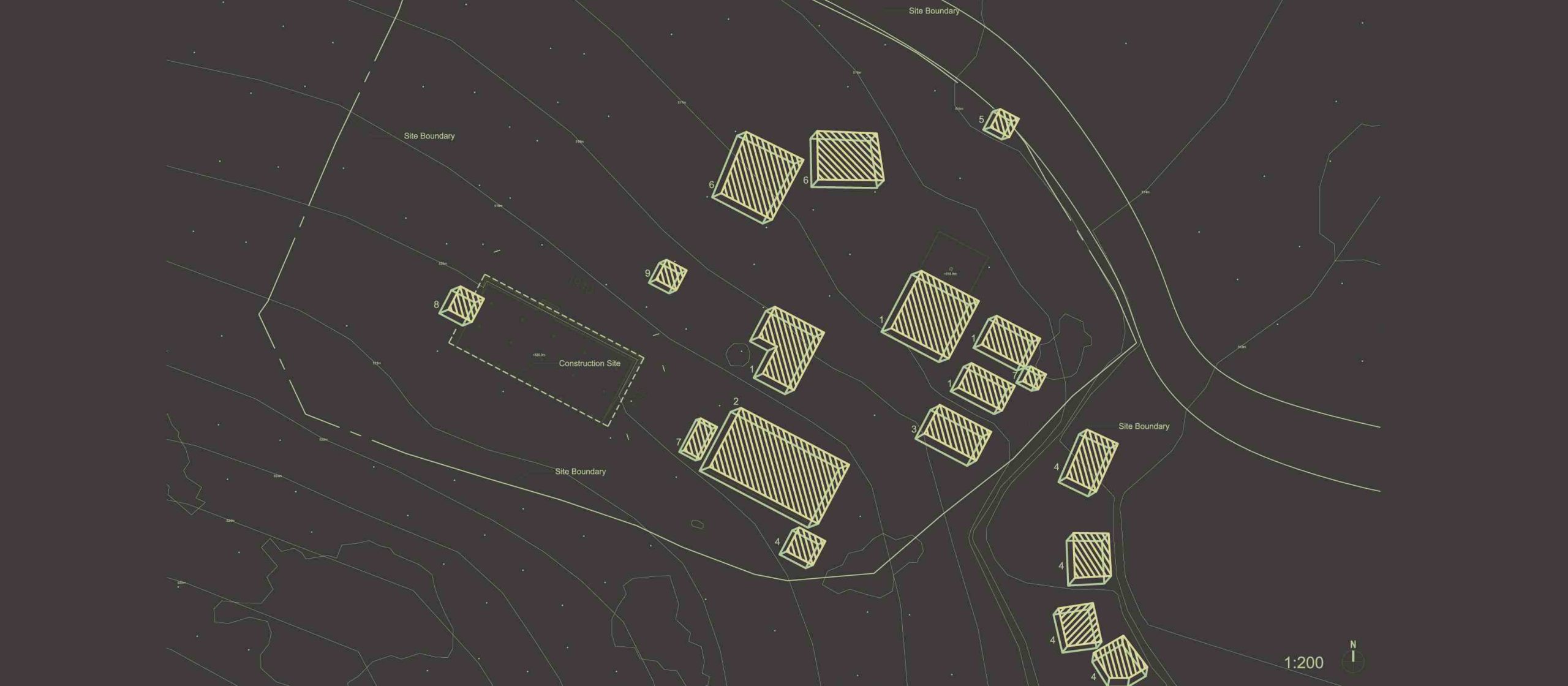BACK
Huai Mo Village

HSU Chia-Wei creates videos and installations to build sensitive visual narratives about geographical, historical and cultural regions in Asia. The artist reveals how the lives of people in the modern age are fundamentally transformed by the dense and complex layers of cultures and histories.
Huai Mo Village Project relates the story of remnant troop on the border regions of Thailand and Myanmar (Burma) who face multiple cultural identities and the embarrassment of being of an unrecognized identity. People who live under the specter of history end up producing an ambiguity absent in ordinary people. In 1949, during the Chinese Civil War, the defeat of the KMT resulted in a perilous retreat of the Nationalist army from Yunnan to Myanmar with only 2,000 among 20 million soldiers reaching the destination in the end. Due to international pressure, Chiang Kai-Shek instructed the troop to retreat to Taiwan. In fact, the troop seemed to have disbanded, but in secret they remained in a state of combat preparing for their counterattack. Their actions were like declarations to the world that the “local soldiers” will no longer intervene. They severed all ties with the government of the Republic of China. Therefore, they remained living in this Thai village, like a group of homeless people without any national identification.
In 1970s, in order to sustain themselves in foreign lands and to exchange for the right to abode, the lost troop answered the request of the Thai military in assisting their expedition against the Thai communists, which then determined their prolonged stay as mercenaries in northern Thailand. During this period, many people grew poppies to increase their incomes for a better life, or assisted drug dealers to traffic drugs from Myanmar. The drug production in this region used to account for 80% of the global supply, determining its status as the international drug trade center at the time. Most of the villagers were either former intelligence officers or families. During the Cold War in the 70s, the American government secretly supported the Republic of China government’s return to the Huai Mo Village to establish an intelligence base there, which was referred to as the District 1920 Guangwu Troop Department of Defense Chinese Affairs Team. The main task of the team was to monitor Chinese Communist’s activities. Now only a few people know about this village.
A complex relation lies between this region and modern history. Visits to the site by the artist were followed by a long-term cooperation with local residents. Different materials had been applied in realizing this project while focusing on diverse fragments of memory of this place. The series of works of Huai Mo Village Project demonstrate multiple narratives in the border area, and reveal how the artist transforms historical research into a present action in situ. Through the art-making process, personal histories are bridged with the cultural context and the first-person narrative of the person involved is thus made possible.
Date:2016. 07.30-2016.09.25

Exhibition view
Exhibition view

Huai Mo Village
Huai Mo Village

Ruins of the Intelligence Bureau
Ruins of the Intelligence Bureau

Ruins of the Intelligence Bureau
Ruins of the Intelligence Bureau

Memorial Chamber of the Intelligence Bureau
Memorial Chamber of the Intelligence Bureau

Memorial Chamber of the Intelligence Bureau
Memorial Chamber of the Intelligence Bureau


